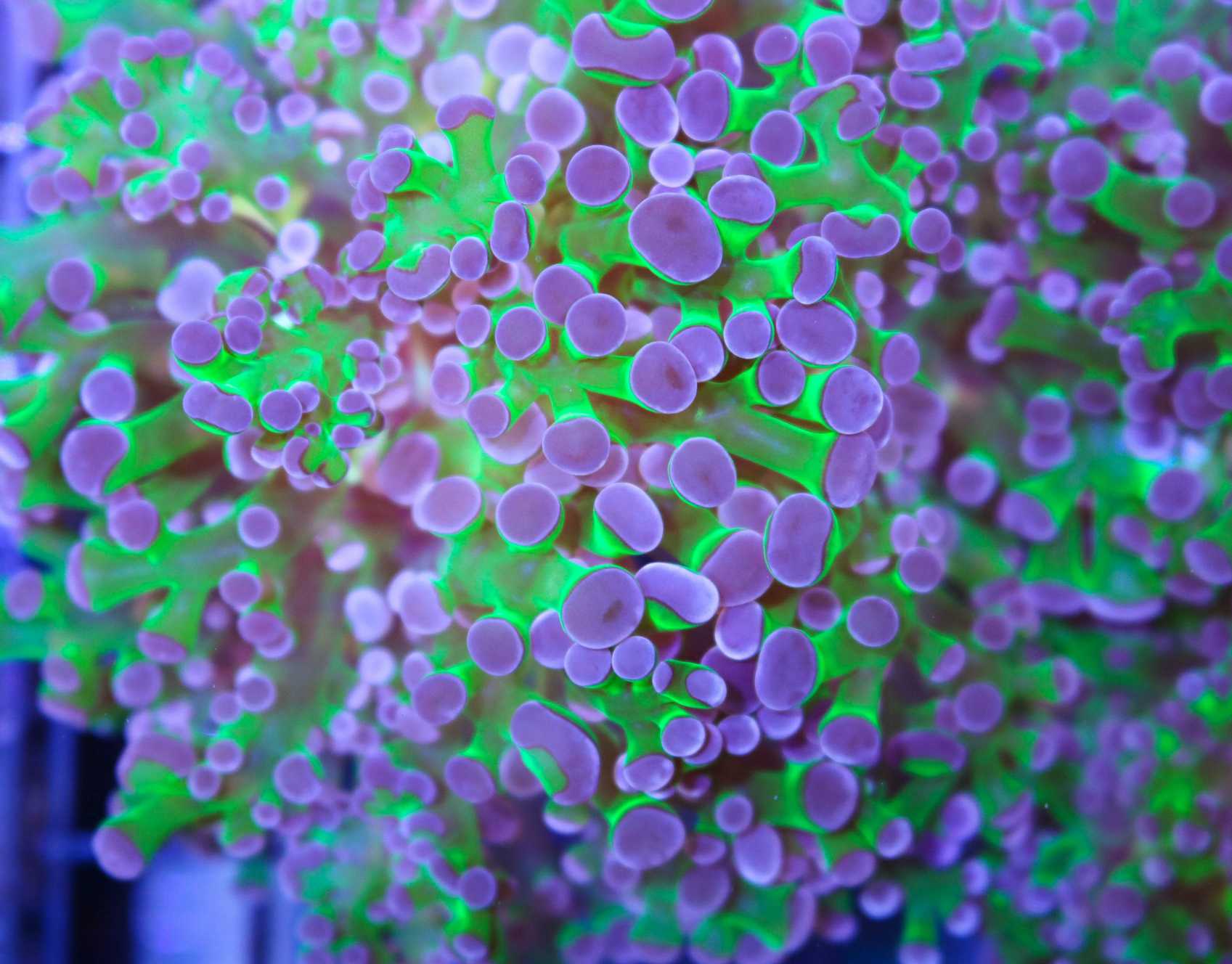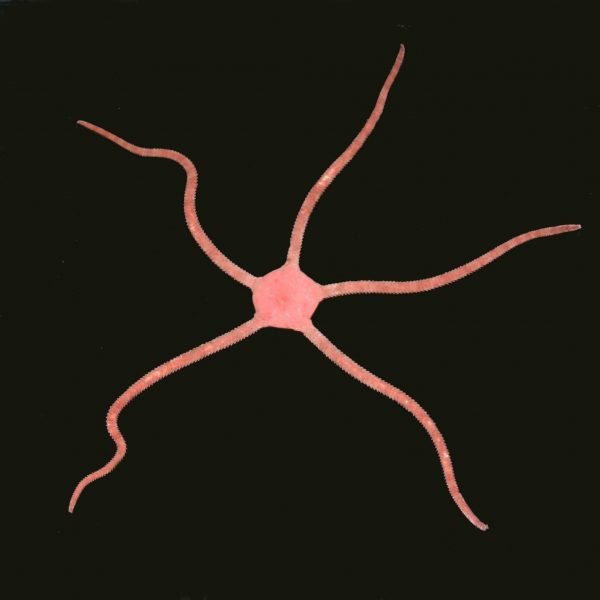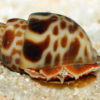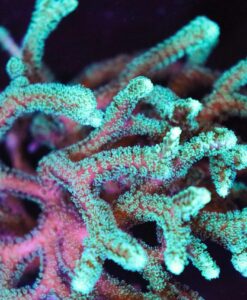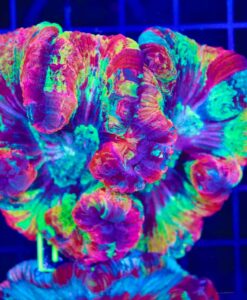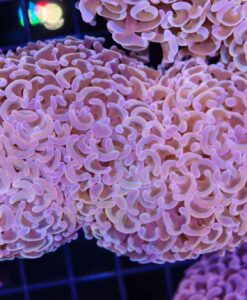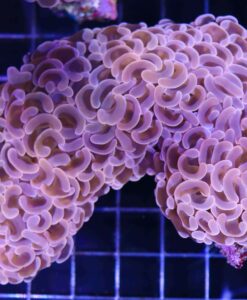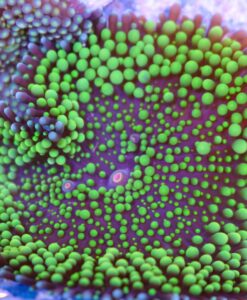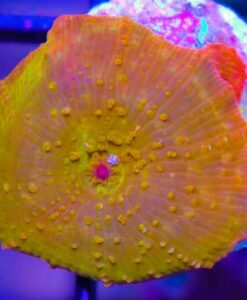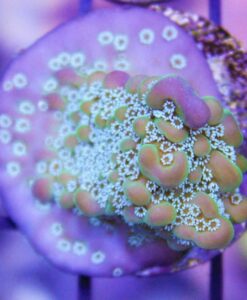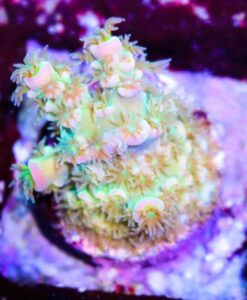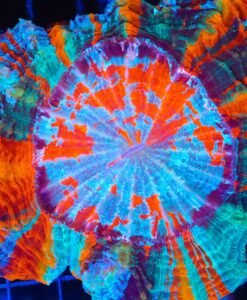Purple Green Frogspawn Coral
$100.00
Frogspawn Coral For Sale
Branching Frogspawn
(Euphyllia divisa)
Placement: Middle to Top
Light: Moderate
Flow: Moderate
Care Level: Moderate
Type: LPS
Compatibility: Aggressive
Growth Rate: Moderate
Photosynthetic: Yes
Special Care:
A classic LPS corals that belongs in every reef tank ! Easy to keep and grow. Vibrant green with purple tips. Frogspawn are one of the classic reef tank members of the Euphyllia family along with Torch and Hammer corals. The name comes from the fact that its polyps resemble a cluster of frog eggs. They are closely related to Hammer Corals and Frogspawn/Hammer hybrids are sometimes found in the hobby.
3 in stock

